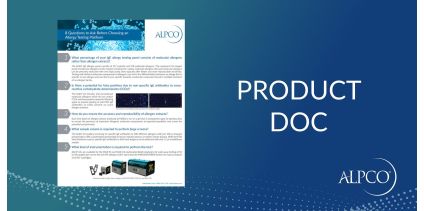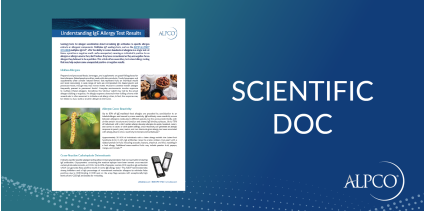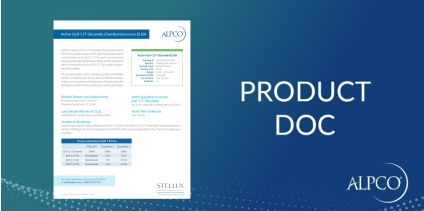Rat Transferrin ELISA
$429.00
Catalog
41-TRART-E01
Rat Transferrin ELISA is for the determination of transferrin in serum and plasma of rats. Research Use Only. Not for Use in Diagnostic Procedures.
Species
Rat
Regulatory Status
Research Use Only. Not for Use in Diagnostic Procedures.
Product Distribution
Available Worldwide
Range
6.25 - 400 ng/mL
Sensitivity
6.25 ng/mL
Sizes
96 Wells
Sample Types
Biological Fluids
Inc Time Minute
40
Inc Time Overnight
No
Inc Time See Protocol
No
Sample Size
5
Detection
Colorimetric
Transferrin is a metal-combining protein that binds reversibly to acid-soluble iron in plasma. Its function is to transport iron to the bone marrow, and to tissue storage organs such as the liver. Transferrin also participates in the regulation and control of iron absorption and protects against iron intoxication. Like haptoglobin, the carrier of hemoglobin, transferrin is synthesized in the liver, but unlike haptoglobin, transferrin is returned to the circulation after unloading its iron in the reticuloendothelial system.
In this assay the transferrin present in samples reacts with the anti-transferrin antibodies which have been adsorbed to the surface of polystyrene microtiter wells. After the removal of unbound proteins by washing, anti-transferrin antibodies conjugated with horseradish peroxidase (HRP) are added. These enzyme-labeled antibodies form complexes with the previously bound transferrin. Following another washing step, the enzyme bound to the immunosorbent is assayed by the addition of a chromogenic substrate, 3,3’,5,5’-tetramethylbenzidine (TMB). The quantity of bound enzyme varies directly with the concentration of transferrin in the sample tested; thus, the absorbance, at 450 nm, is a measure of the concentration of transferrin in the test sample. The quantity of transferrin in the test sample can be interpolated from the standard curve constructed from the standards, and corrected for sample dilution.
In this assay the transferrin present in samples reacts with the anti-transferrin antibodies which have been adsorbed to the surface of polystyrene microtiter wells. After the removal of unbound proteins by washing, anti-transferrin antibodies conjugated with horseradish peroxidase (HRP) are added. These enzyme-labeled antibodies form complexes with the previously bound transferrin. Following another washing step, the enzyme bound to the immunosorbent is assayed by the addition of a chromogenic substrate, 3,3’,5,5’-tetramethylbenzidine (TMB). The quantity of bound enzyme varies directly with the concentration of transferrin in the sample tested; thus, the absorbance, at 450 nm, is a measure of the concentration of transferrin in the test sample. The quantity of transferrin in the test sample can be interpolated from the standard curve constructed from the standards, and corrected for sample dilution.







